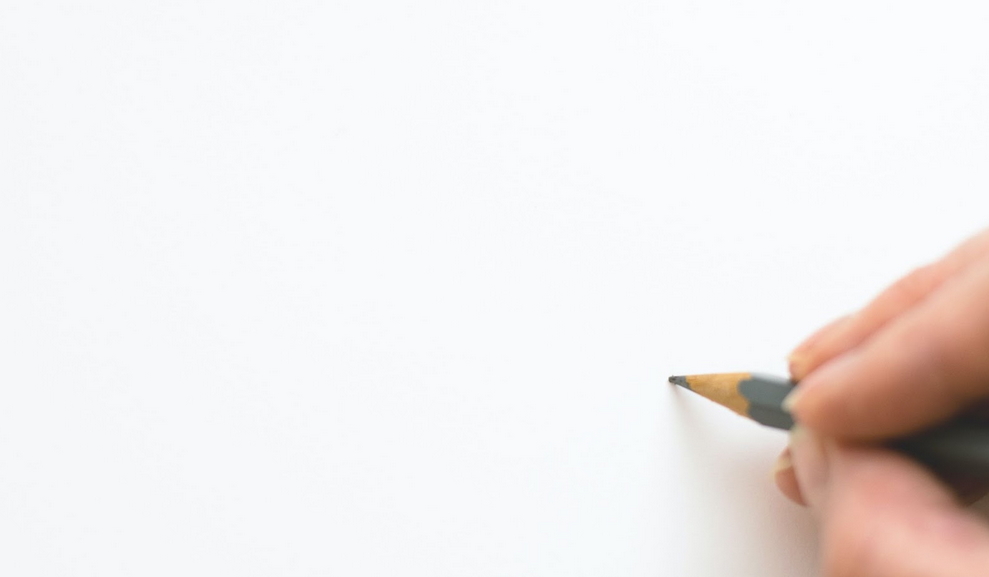What is Life Drawing: A Reflection of a Healthy Lifestyle
- Written by NewsServices.com

Life drawing has been an integral part of the creative process for artists for centuries. It is an art form that celebrates the human form, offering a unique and meaningful way to express oneself. With its ability to help build self-confidence and its potential to promote physical and mental well-being, life drawing is an activity that both professional and amateur artists can benefit from.
In this post, we will explore what life drawing is, the physical and mental benefits associated with it, and reflect on how it can form part of a healthy lifestyle. We will look at the various ways that life drawing can be incorporated into everyday life, providing practical tips and advice on how to make life drawing a part of your daily routine. By the end of this post, readers will have a better understanding of life drawing and how it can contribute to a healthy lifestyle.
Benefits of Life Drawing
What is life drawing? It’s simple, Life drawing is an essential skill for many artists, as it helps to develop artistic skills and increase understanding of the human form. Drawing from a live model provides an understanding of the complexities of the human body and the ability to capture its beauty and movement in a drawing.
In particular, some of the primary advantages of life drawing include improved hand-eye coordination, increased proficiency in drawing the human figure, the ability to generate creative ideas, and the development of an appreciation for the nuances of the human form. Moreover, it is also a form of relaxation, as its rhythmic, meditative quality can be beneficial to mental health. Ultimately, life drawing is a valuable activity that can be of use to both professional and amateur artists alike.
Exploring Creativity and Imagination
Life drawing is an activity that has intrigued artists for centuries, allowing them to explore their creativity and imagination in a unique way. It is a form of art that involves drawing from a live model, giving the artist a more direct and realistic experience to draw from. This can be a great way to practice observational skills, as well as an opportunity to explore the human form in an artistic way. Life drawing also encourages the artist to explore their own creativity, as they can view the body in various poses and angles to create unique and personalized artwork. Different materials can be used when life drawings, such as pencils, charcoals, and paints, allowing the artist to explore a range of textures and effects.
Achieving Better Mental Clarity
Life drawing can be an incredibly therapeutic and calming practice, helping to bring clarity to your mental landscape. It is also a great way to hone your observational skills and practice mindfulness. Not only can life drawing bring a great sense of satisfaction and relaxation, but it can also serve as a creative outlet, allowing you to express yourself in a visual way. When engaging in life drawing, it's important to focus on the present moment, allowing yourself to observe the subject you are drawing in a mindful way. By doing so, you can gain a better understanding of the subject and how it interacts with its environment.
Strengthening Concentration and Focus
Life drawing is an artistic practice that can help to improve concentration and focus. Drawing requires intense concentration and focus in order to depict a subject on paper accurately. Through life drawing, artists are able to hone in on their observational skills, as well as their ability to capture movement, shape, and texture.
By deliberately focusing on the finer details of the subject - such as the contours of a face, the texture of a garment, or the subtle shifts in light and shadow - the artist is able to observe and record the subject with greater accuracy. Not only does life drawing help to sharpen a person's observational skills, but it also helps to develop their ability to maintain concentration and focus for extended periods of time.







